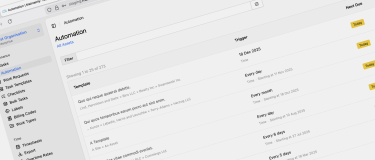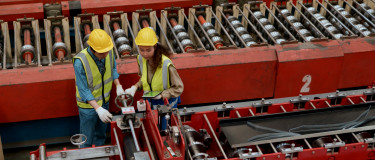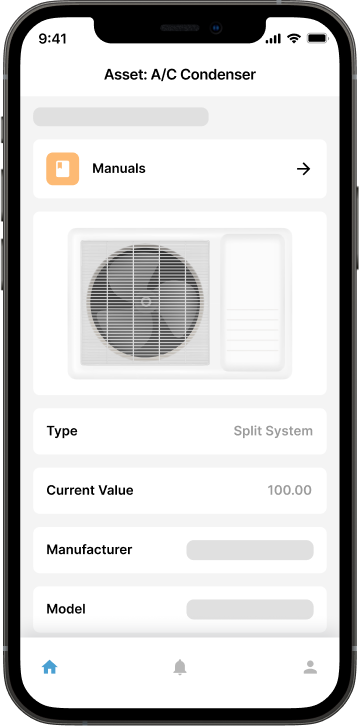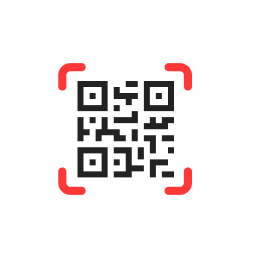Mobile menu
Articles
Keep up-to-date on the latest maintenance, work order and CMMS news and ideas as well as practical tips from our expert staff and contributors.

Introducing Maintainly’s Brand-New UI: Faster, Cleaner, and Built for the Future
Maintainly’s brand-new UI is here! Enjoy a cleaner, faster interface with smarter workflows and the foundation for exciting future CMMS features.
Learn more →
Manufacturing Floor to Office: How CMMS Supports Cross-Functional Teams
No team works in isolation. What happens on the production floor directly affects planning, procurement, quality, HR, finance, and customer delivery.
Learn more →
Why CMMS Adoption Fails and How to Ensure a Smooth Roll-Out
You’ve heard the promises: better preventive maintenance, fewer breakdowns, smooth work order flow, accurate asset history, and data you can finally trust. But how do you make the rollout a success?
Learn more →
Budgeting & ROI: Calculating the Financial Benefits of CMMS Implementation
Whether you’re maintaining manufacturing equipment, facilities, fleets, hotels or property assets, the way you maintain them directly affects productivity, safety, and profitability. Yet one of the most common questions we hear from maintenance leaders is "How do I justify the cost of CMMS as an essential tool?"
Learn more →
For Small & Medium Business CMMS, Maintainly is the Top Choice for 2026
We review a handful of the top CMMS options you’ll see on shortlists in 2026 and explain why, for teams in the sweet spot of 5–50 regular users, Maintainly is the best choice: fast onboarding, low friction for adopters, and pricing that scales sensibly for small & mid-sized companies.
Learn more →
Future Trends in Maintenance Management: What's Next for CMMS Software?
Maintenance management is changing faster than ever. With new technologies, smarter equipment, tighter budgets, and higher expectations for uptime, maintenance teams are rethinking how they work. And at the center of all this change is CMMS software - once a clunky, confusing tool, now becoming the backbone of modern operations.
Learn more →
Q&A with Patrick O’Meara, Founder of Maintainly: Rethinking CMMS for Modern Maintenance Teams
We sat down with Maintainly founder Patrick O’Meara to talk about how the platform started, what makes it different, and how it’s helping organizations bring preventive maintenance and asset management into the modern age.
Learn more →
The Science Behind Mobile CMMS Software: How It Tracks Equipment in Real Time
We all know how a little downtime can affect certain industries like manufacturing, healthcare, and IT, as even a 5s downtime can cost a lot. So, it’s very important to have the ability to monitor and maintain equipment efficiently.
Learn more →
Why CMMS Is the Ideal Tool for Small Maintenance Teams Managing Resorts
A CMMS helps small resort maintenance teams stay organized, proactive, and efficient by centralizing work orders, preventive tasks, and asset tracking. With everything managed in one system, teams can reduce downtime, improve guest satisfaction, and keep facilities running flawlessly.
Learn more →
How Mobile CMMS Software is Redefining Maintenance Management
The way maintenance teams work has changed more in the past five years than in the previous fifty. For decades, maintenance management meant clipboards, spreadsheets, and endless phone calls. Today, modern teams are leaving those headaches behind and moving toward a faster, smarter way of managing assets and work orders.
Learn more →

